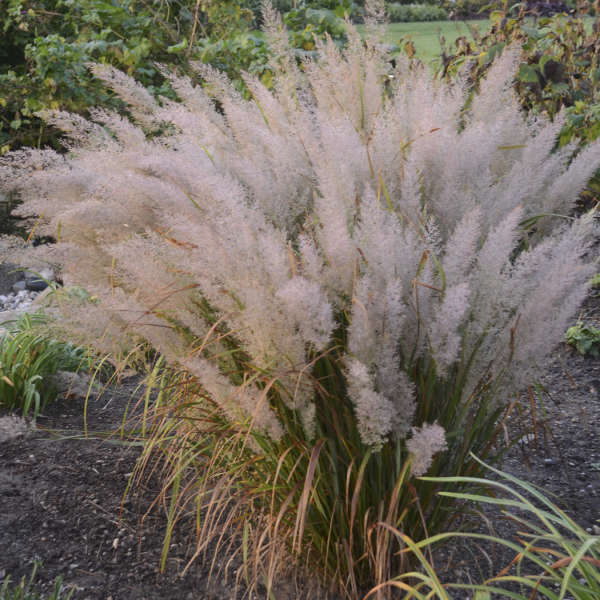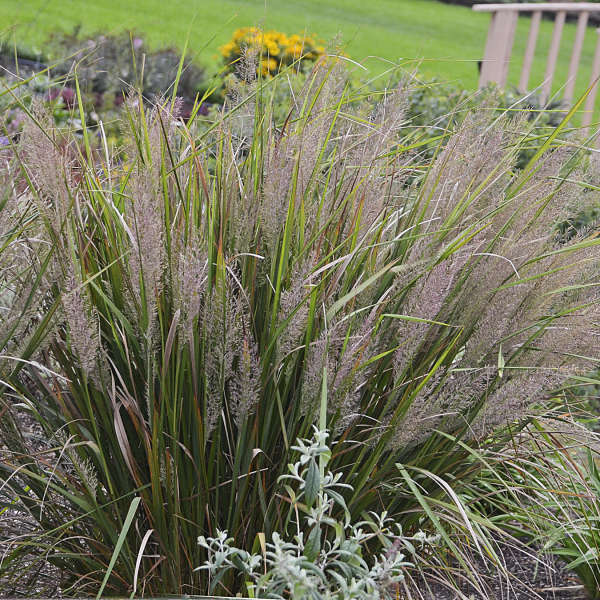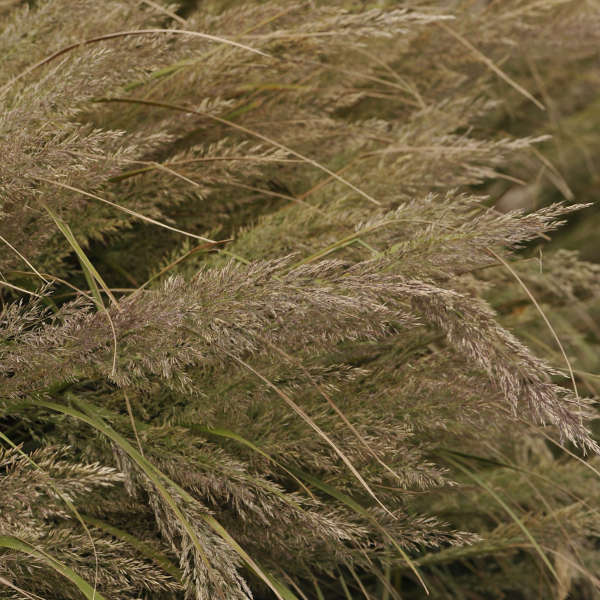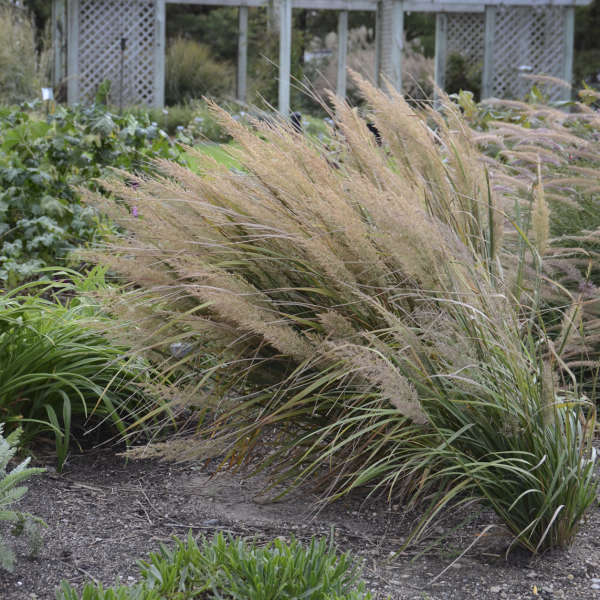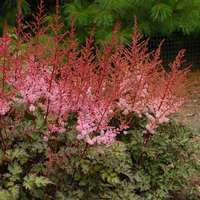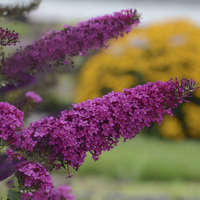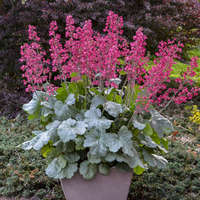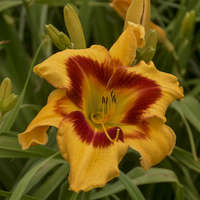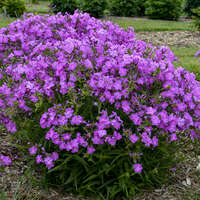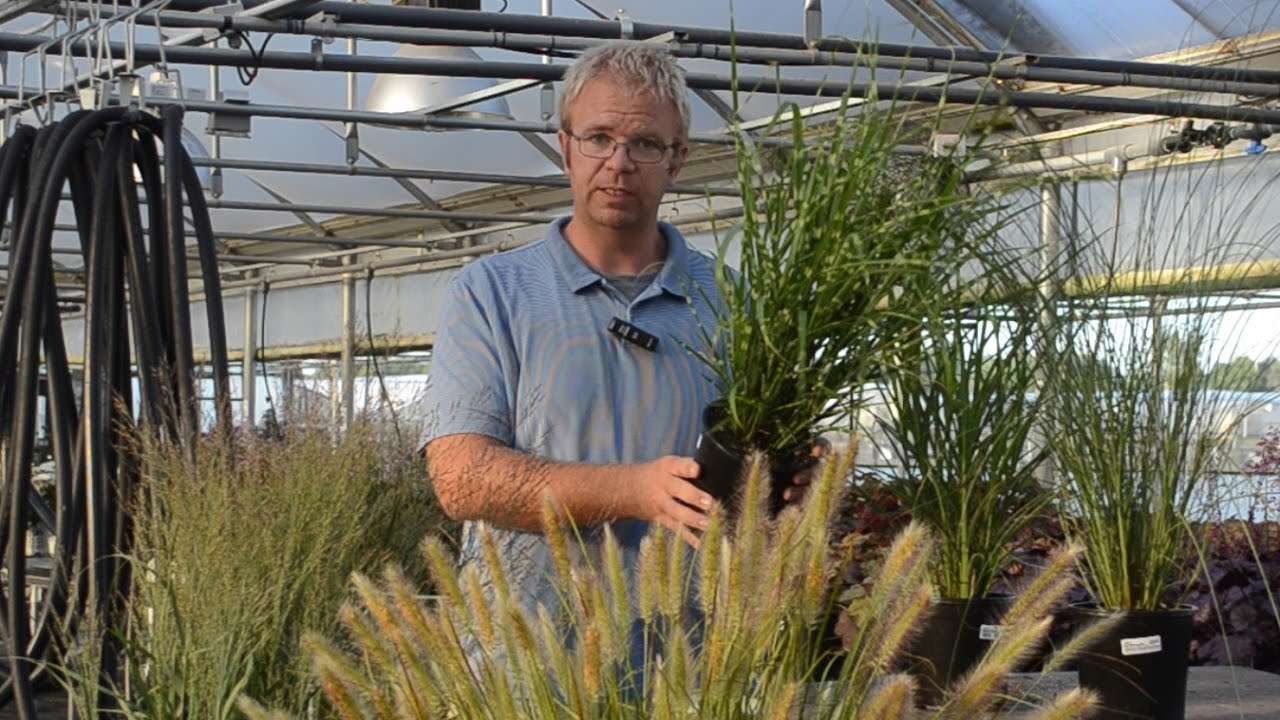Calamagrostis brachytricha
Common Name: Korean Feather Reed Grass, Ornamental Grass
If you think all Calamagrostis are like ‘Karl Foerster’, think again! This Asian native is the opposite of its European counterparts: it is a warm season grass that blooms from late summer through early fall.
Perhaps best of all, this grass is shade tolerant, a rare trait for a large flowering grass. This species occurs naturally in moist, deciduous woodlands and therefore is adapted to grow and bloom in partial shade. It also grows very well in full sun where the habit will be tighter and the flowering will be more profuse.
This grass forms an upright arching clump of ½” wide, glossy green leaves that are wider than the C. acutiflora types.
Late in the season, fluffy bottlebrush plumes are produced within and just above the foliage. They are purplish red when they first open and then age to greenish tan. Be sure to cut a few for dried bouquets as they remain open and feathery even when dried.
30ct Plug Tray |
